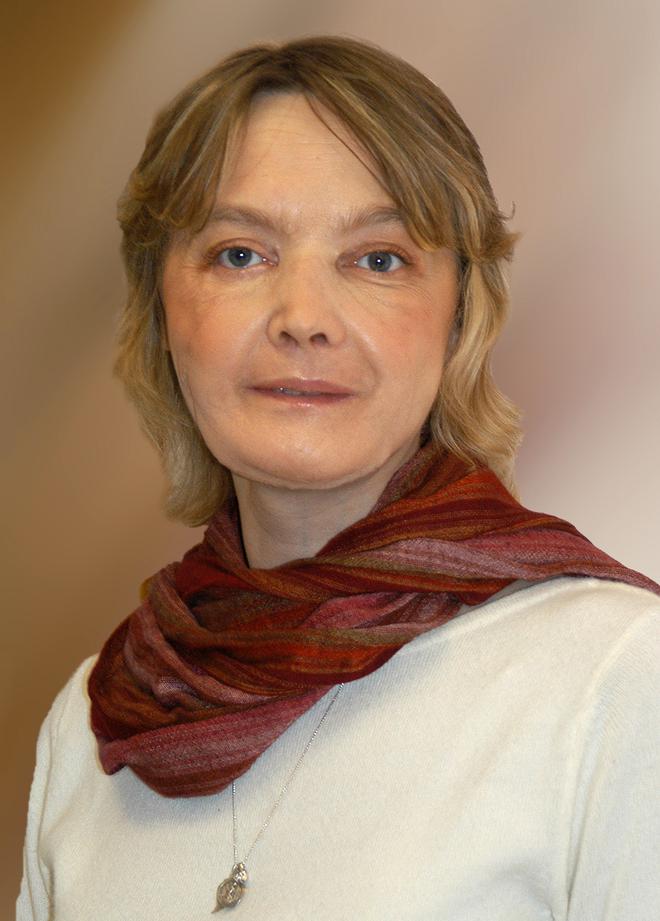This combo of pictures taken Tuesday, Oct. 3, 2023, shows from left, French scientist Pierre Agostini posing in his apartment in Paris, Scientist Ferenc Krausz speaking during a presentation at the Max-Plank-Institute of Quantum Optics in Munich, and French-Swedish physicist Anne L’Huillier talking to journalists at Lund University, Sweden. The three scientists won the Nobel Prize in physics on Tuesday for studying how electrons zip around the atom in the tiniest fractions of seconds, a field that could one day lead to better electronics or disease diagnoses.
| Photo Credit: AP
The 2023 Nobel Prize for Physics was shared by three scientists—Pierre Agostini, Ferenc Krausz and Anne L’Huillier—for their “experimental methods that generate attosecond pulses for the study of electron dynamics in matter.”
The laureates have been awarded the Prize for experiments that have allowed scientists to produce ultra-short pulses of light, with which they can finally ‘see’ directly into the super-fast world of electrons.
“Attosecond physics gives us the opportunity to understand mechanisms that are governed by electrons,” Eva Olsson, chair of the Nobel Committee for Physics, said in a statement.
Also Read | Things to know about the Nobel Prizes
Why electrons weren’t ‘seen’ before
Electrons are the negatively charged particles of an atom. They zoom around the denser nucleus. Before being able to study them directly, scientists understood their properties through averages.
It is like taking a picture of a racing car. The longer the aperture of the camera is open, the blurrier the picture gets. However, if the exposure time is less, the short amount of light travelling to the camera’s sensors gives a sharper image. The lesser the exposure time, the sharper the image. Similarly, the rapid movement of electrons which occurs at less than a fraction of a second would blur together making changes in the electron impossible to observe. Scientists would have to finish measuring the processes being studied and capture the instant before the system undergoes a change.
In 1925, when the field of quantum mechanics was still new and evolving, Werner Heisenberg’s pivotal paper proposed that the “unobservable” quantities such as the position and revolution of the electron that physicists were forced to previously should instead be based on “observable” quantities.
The experiments conducted by the Nobel Laureates have now made the “unobservable” quantities accessible. In short, the short bursts of light have illuminated the movement and changes that an electron goes through.
How fast does an electron move?
The movement of an atom in a molecule can be studied with the very shortest pulses produced by a laser. These movements and changes in the atoms occur at the speed of a femtosecond which is a quadrillionth of a second or a millionth of a billionth of a second. This is enough to capture the heavier and larger nuclei that move at a slower pace than the electrons. However, electrons are lighter. Their movements and changes occur within one and a few hundred attoseconds—a quintillionth of a second or a billionth of a billionth of a second.
To put it in relatable terms, the number of attoseconds in one second is the same as the number of seconds that have passed since the universe came into existence nearly 13 billion years ago.
A flash of light, like all light, consists of a wave which begins from a point, swings up to a peak and then dips into a trough. During the 1980s, the briefest wavelength captured was within a femtosecond. This pulse of light was produced by ordinary laser systems and was considered a hard limit as the existing technology of that time could not go below a femtosecond.
However, to see electrons, a shorter flash of light was required.
To achieve a shorter pulse of light, more and shorter wavelengths had to be combined. When a laser light is passed through a gas, it not only adds new wavelengths but also does so in the briefest amount of time.
The laser light interacts with atoms of the gas and creates overtones. These are waves that complete a number of entire cycles for each cycle in the original wave. To put it simply, overtone is another wave that is created when the original wave interacts with the gas atoms. This overtone wave has a shorter wavelength and a higher frequency than the original one.
In 1987, Anne L’Huillier and her colleagues at a French laboratory passed an infrared laser beam through a noble gas. The infrared light produced more and stronger overtones than the ones produced by laser light. The team also noticed that many of the overtones were of the same intensity as the beam. Through the 1990s, Dr. L’Huillier continued to explore this phenomenon and formed the theoretical foundation to achieve an experimental breakthrough.
What creates an overtone?
When the laser light enters the gas and interacts with the atoms, it causes electromagnetic vibrations that disturb the electric field holding the electrons to the nucleus. This disturbance can cause some electrons to break free and move away from their parent atoms. However, the laser light’s continuous oscillation causes these loose electrons to reverse course and return to their nuclei, accumulating substantial extra energy along the way. To reattach to the nucleus, these electrons must release their excess energy, which is emitted as a pulse of light. These emitted light pulses, resulting from the excess energy released during the electrons’ excursion, are what create the overtones.
The emitted overtones possess energy equivalent to ultraviolet light. These overtones have shorter wavelengths than the visible light perceivable by the human eye, and their vibration is elegantly proportional to the wavelength of the original laser pulse, reflecting the energy from the laser’s vibrations. As multiple overtones emerge, they start to interact with one another. When the peaks of these overtone waves coincide, the light becomes more intense. However, when the peak of one overtone cycle aligns with the trough of another, the light becomes less intense. Under specific conditions, these overtones can align in such a way that a sequence of ultraviolet light pulses is generated, and each pulse is incredibly short, lasting only a few hundred attoseconds.
In 2001, Pierre Agostini and his research group in France succeeded in producing and investigating a series of consecutive light pulses. They put these consecutive light pulses along with a delayed part of the original pulse to see how the overtones interacted with each other. This experiment also gave them a duration of how long one of the pulses from the series lasted—250 attoseconds.
Parallelly, Ferenc Krausz and his team in Austria had developed a technique that could separate an individual pulse from the string of pulses–like detaching a single carriage from a train.
Dr. Krausz’s experiment managed to isolate one pulse that lasted for 650 seconds during which they were able to observe electrons being pulled away from their atoms.
Thus, the attosecond world opened up to science.
These experiments showed that the movement and changes of electrons could be studied and measured using a flash of light lasting for attoseconds.
What are the practical implications?
Attosecond pulses, with their remarkable ability to capture events at incredibly short time intervals, have a multitude of practical applications. They enable the exploration of intricate atomic and molecular processes, contributing to advancements in fields like materials science, electronics, and catalysis.
In medical diagnostics, attosecond pulses can identify molecules through unique signal patterns, offering potential applications in early disease detection. Moreover, these pulses are crucial in developing faster electronic devices and facilitating research in nanotechnology. Their integration into optical technologies would aid in telecommunications, imaging, and spectroscopy capabilities.









